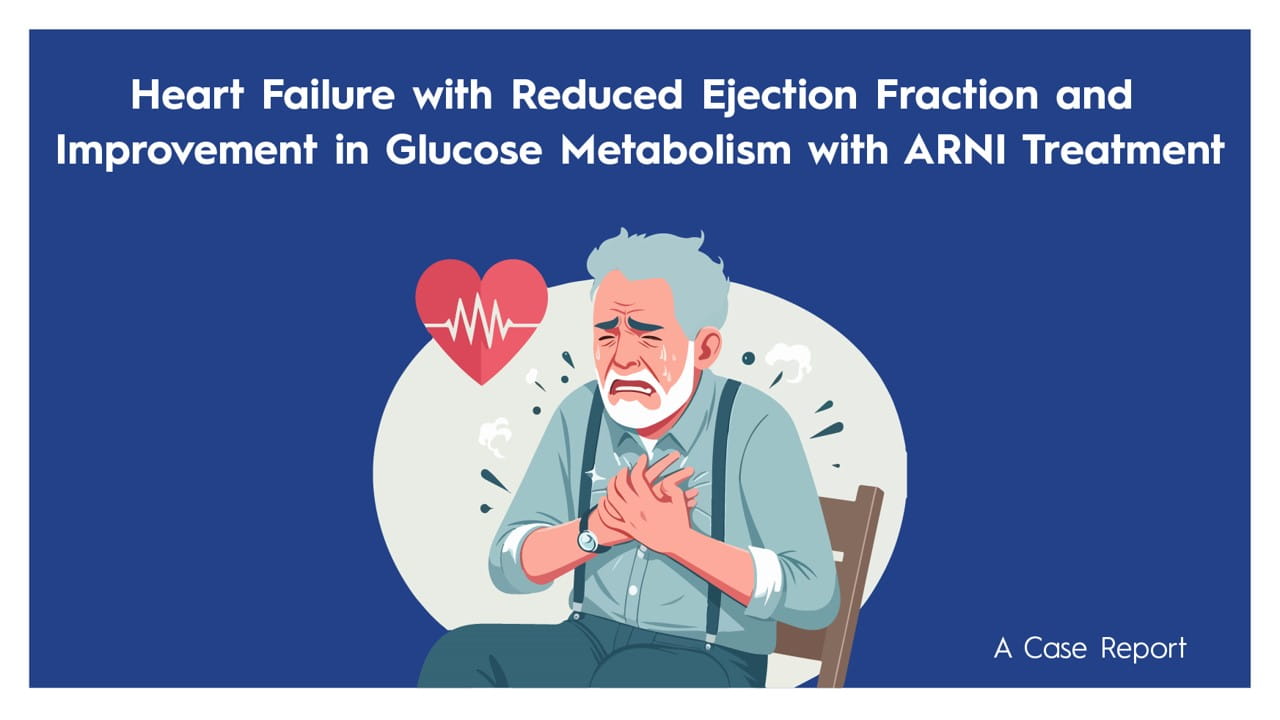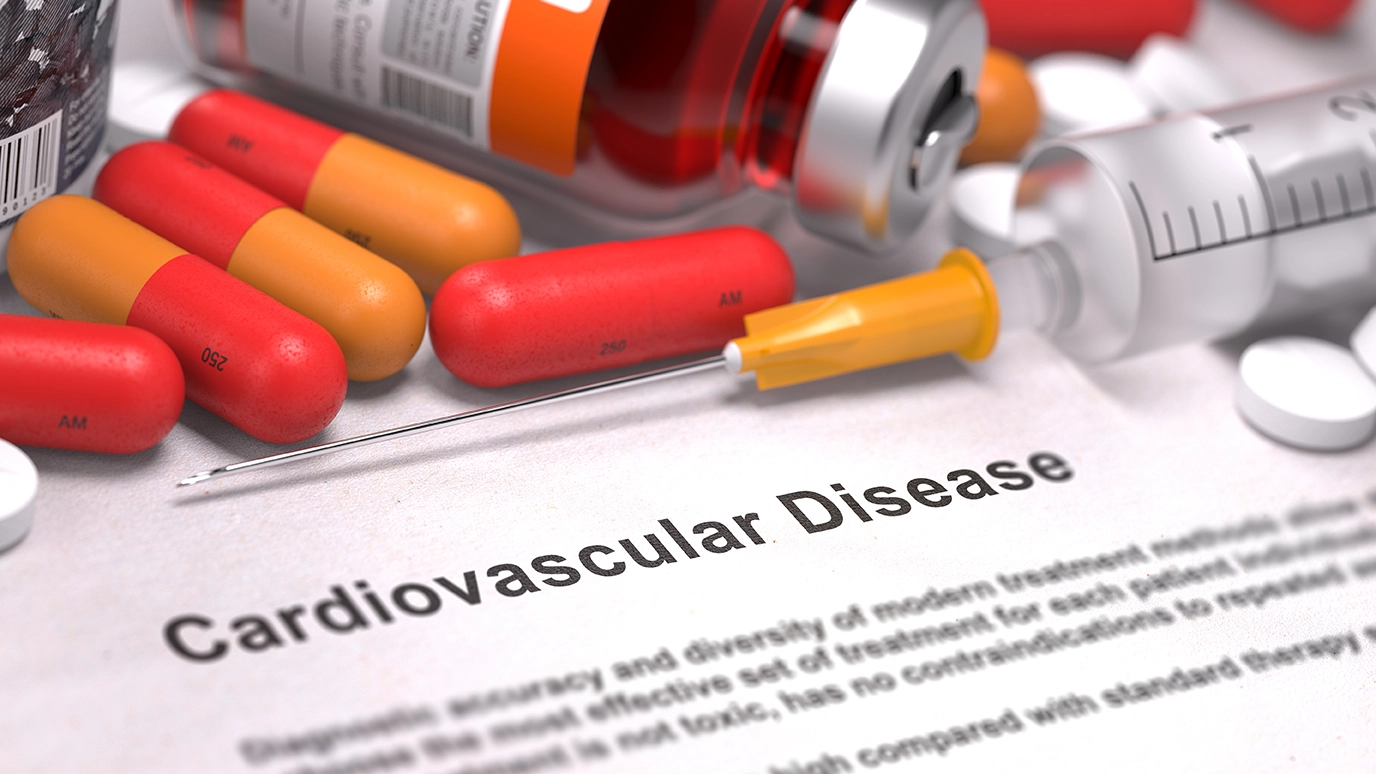ACC 2024: Once-weekly Semaglutide in Patients with Heart Failure With Preserved Ejection Fraction, Obesity And Type 2 Diabetes Main Results From The STEP-HFpEF DM Trial
Heart failure with preserved ejection fraction (HFpEF) is the most common type of heart failure, partly due to the increasing prevalence of obesity. Excess adiposity contributes to the development and progression of HFpEF and type 2 diabetes (T2D). Patients with T2D often experience a more severe phenotype of HFpEF, with greater symptom burden and worse functional status. Semaglutide (SGT) 2.4 mg, a potent weekly GLP-1 receptor agonist, has shown significant reductions in heart failure symptoms, physical limitations, and body weight in patients with obesity-related HFpEF who do not have diabetes. Patients diagnosed with T2D typically experience weight reduction during clinical trials that involve anti-obesity pharmacotherapies than individuals without diabetes. Additionally, they are more prone to be prescribed SGLT2 inhibitors for treatment. The STEP-HFpEF DM trial is the first to investigate the effects of subcutaneous administration of SGT 2.4 mg once a week on symptoms, physical limitations, and body weight in patients with obesity-related HFpEF and T2D. The trial enrolled adults with documented HFpEF and additional obesity-related features. Participants were randomly assigned to receive either SGT or a placebo for 52 weeks. The trial had dual primary endpoints: change in HF symptoms and physical limitations measured by the KCCQ clinical summary score and change in body weight from baseline to week 52, and confirmatory secondary endpoints included a change in six-minute walking distance, which favored SGT. In total, 617 patients were randomized, and 616 were included in the complete analysis set, split nearly evenly between the SGT and placebo groups.
The trial examined the effects of SGT treatment on patients, with 16% discontinuing prematurely. Baseline characteristics showed 44% of women with a median age of 69 and a median BMI of 37. Median hemoglobin A1c (HbA1c) was 6.8%, and median LVEF was 56%. The median KCCQ clinical summary score was low (59 points), indicating significant symptomatic and functional impairment. Most patients were on beta blockers, ACE inhibitors, diuretics, and some on MRAs and SGLT2 inhibitors. SGT showed a highly statistically significant improvement in KCCQ score compared to the placebo at 20 weeks, progressively increasing throughout the trial. SGT also resulted in greater (6.4%) weight loss compared to placebo at 52 weeks, again statistically significant. At 52 weeks, patients treated with SGT exhibited a statistically significant improvement compared to placebo, with a 6-minute walking distance difference of 14.3 meters favoring SGT (p = 0.008).
Additionally, a composite endpoint combining various clinical outcomes showed a higher number of positive outcomes (wins) for SGT compared to placebo (58.7% vs. 36.8%, p < 0.001), particularly in terms of improved KCCQ clinical summary score. Exploratory endpoints also favored SGT, with reductions in NT-proBNP (~20%) with a treatment ratio of 0.8 and confidence interval of 95% and fewer HF events requiring hospitalization or urgent treatment in the SGT group. It also effectively lowered HbA1c levels, with a reduction of 0.8%. Subgroup analysis based on baseline SGLT2 inhibitor use showed consistent improvement in KCCQ clinical summary score with SGT, irrespective of this factor, with an interaction p-value of 0.35. It was found that both groups, whether on SGLT2 inhibitors or not, experienced significant weight loss with SGT compared to placebo. However, the weight loss was slightly more pronounced in those not on SGLT2 inhibitors initially. In terms of safety, 18% of patients in the SGT group experienced statistically significant (p = 0.002) severe adverse events compared to the placebo group (29%). The comparison between " STEP-HFpEF " and " STEP-HFpEF DM endpoints focused on obesity-related HF. The study involved patients without diabetes, while the latter included patients with diabetes. The primary difference between the trials lay in the extent of weight loss, with the diabetes trial experiencing approximately 40% less weight loss compared to the non-diabetes trial. However, both trials consistently demonstrated the benefits of SGT across various HF endpoints such as KCCQ, 6-minute walking distance, biomarkers of inflammation and congestion, and HF events. In patients with obesity-related HF and T2D, treatment with SGT (2.4 mg) led to significant improvements in HF symptoms and physical limitations, along with greater weight loss and enhanced exercise function compared to placebo. SGT also demonstrated disease-modifying effects by reducing HF events and NT-proBNP levels. Additionally, it was well tolerated and reduced HbA1c without increasing the risk of hypoglycemia or diabetic retinopathy events. Overall, SGT appears to be a valuable treatment option for managing patients with obesity-related HF, irrespective of their diabetic status.
American College of Cardiology (ACC) Congress 2024, 6th April – 8th April 2024, Atlanta, Georgia, USA




